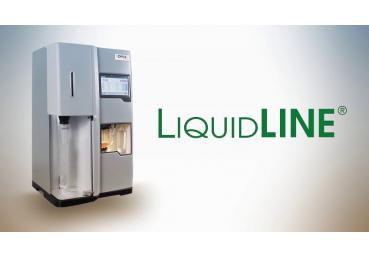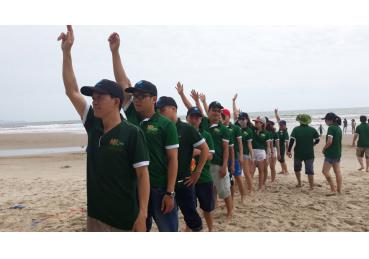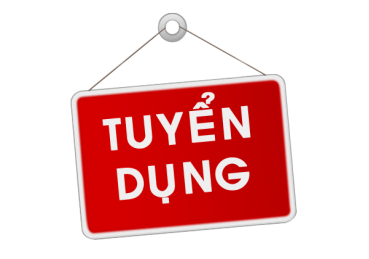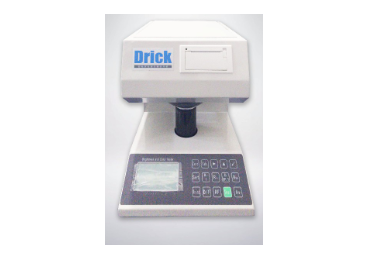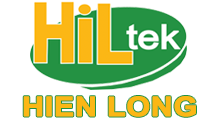THE SOXHLET METHOD FOR FAT DETERMINATION
FAT DETERMINATION – SOXHLET

Soxhlet extraction is one of the most commonly used methods for determination of total fat. This is mainly because it is fairly simple to use and is the officially recognized method for a wide range of fat content determinations. Nowadays improved extraction techniques tend to be more accurate and more generally applicable and can therefore often replace the old standard method for official analysis of many food materials.
OPSIS LiquidLINE has developed the SoxROC Extraction unit to increase the effectiveness of this process. The SoxROC is up to 5 times faster than the classical Soxhlet method with no loss in precision or accuracy, due to an effective sealed hot extraction process.
The Soxhlet Method versus the SoxROC technique
Franz Ritter von Soxhlet was a German agricultural chemist that invented the Soxhlet extractor in 1879. In the Soxhlet method the sample is placed in the extraction chamber, if necessary a porous thimble is used to keep the sample, where condensed solvent fills up and covers the sample. When the filling level is reached the solvent with extracted matter (fat) will siphon back into the boiling flask. All the time the sample is extracted with cold solvent. After a predefined number of fillings the extraction is considered complete. At the end of the extraction the solvent is evaporated so that the boiling flask only contains the extracted matter (fat). For fat extraction, dependent on sample type, also hydrolysis and drying might be necessary prior to the solvent extraction
By tradition Soxhlet is associated with solvent extraction. However, during all the years since the Soxhlet method was described several improvements have been made. Maybe the most important was when hot extraction was launched. This drastically reduced the extraction time needed.
OPSIS LiquidLINE, a division of OPSIS AB, develops and manufactures innovative systems for laboratories in the food and environmental industries. OPSIS AB has, after more than 30 years in the analytical business, taken another step to implement modern technology into wet chemistry and liquids. Providing innovative Wet Chemistry solutions to laboratories worldwide.
OPSIS LiquidLINE is certified according to ISO 9001 quality management system since 1996, and ISO 14001 environmental management system since 2000. OPSIS is an ISO 17025 accredited laboratory since 1994.

The OPSIS LiquidLINE SoxROC Extraction Unit is based on Randall and Twisselmann techniques, using hot solvent and a closed system for optimal analytical conditions, still giving the same results as the classical and well accepted Soxhlet. During the first period, boiling, the thimble with sample is immersed in the boiling solvent. Thereafter a controlled volume solvent is collected in the receiver flask, thus lowering the solvent surface in the extraction cups below the thimble. Extraction continues, with the rinsing face. Hot solvent vapours surround the sample and simultaneously condensed solvent washes out any remaining extractable matters (fat).
At the end of the extraction the solvent is removed in a step by step process, leaving the cups with only extractable matters (fat/ lipids). The cups are dried and weighed, the percentage extractable matters (fat) is calculated.
The SoxROC unit will automatically perform the different extraction steps in the method.
-
The SoxROC Extraction Unit (SX-320-A, SX-360-A) for hot solvent extraction
- The HydROC Hydrolysis Unit (SX-110-A) for Total Fat determinations
